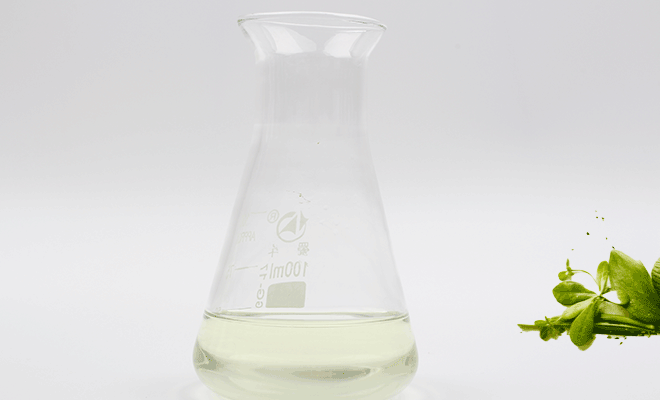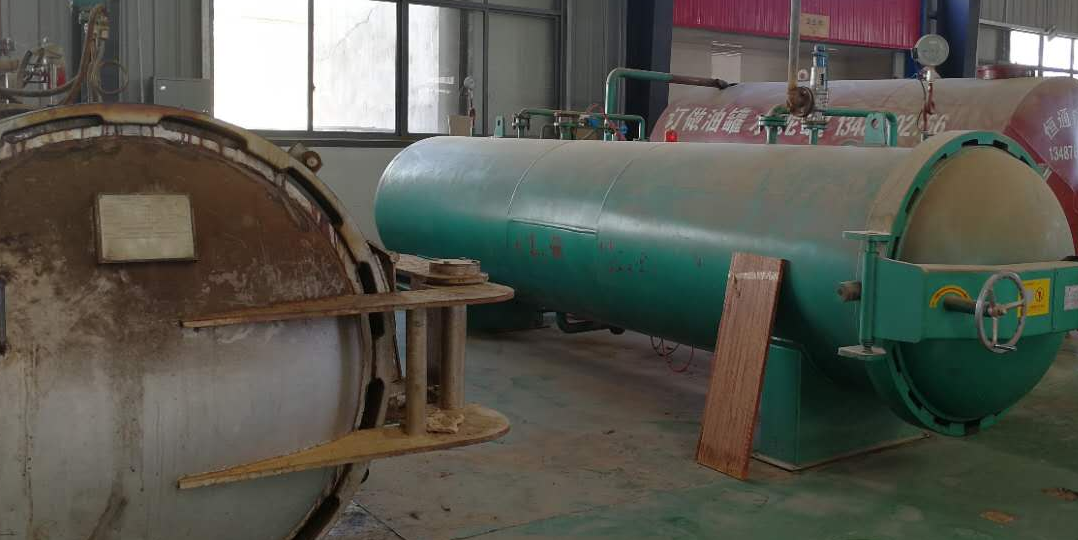- Home
-
Company
-
Product
Anti-Mold agentAnti-Mold ChipAntibacterial AgentsDeodorantDesiccantWaterproof AgentFormaldehyde RemovalRemove MitesDeodorizing BagPlastic ModificationDetection ToolAquatic Antibacterial
- Capabilities
-
Solutions
Bamboo|rattan|dried flowersFurniture|Manufactur|PanelsStationery|Crafts|HouseholdShoes|bags|leather|clothingRubber|Plastic|Hardware
-
Technologies
Microbial Control
- Contact Us
- Home
- Company
-
Products
- Capabilities
-
Solutions
-
Technologies

Please Enter
Hot Keywords:



















